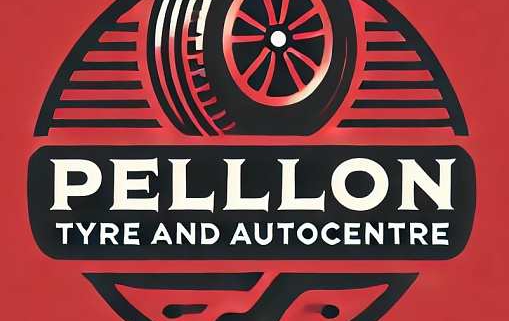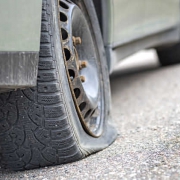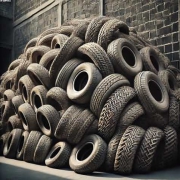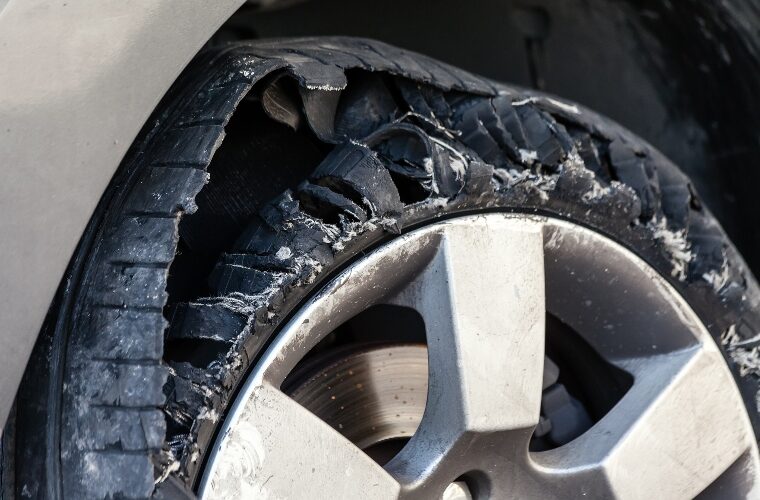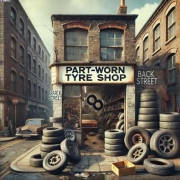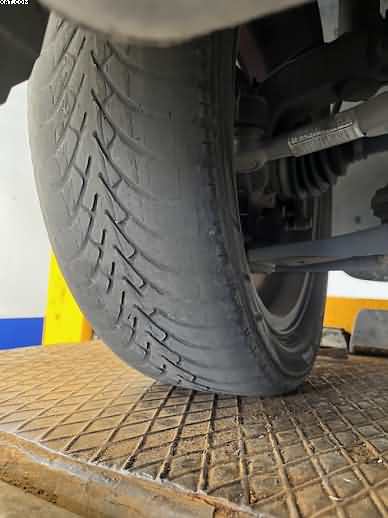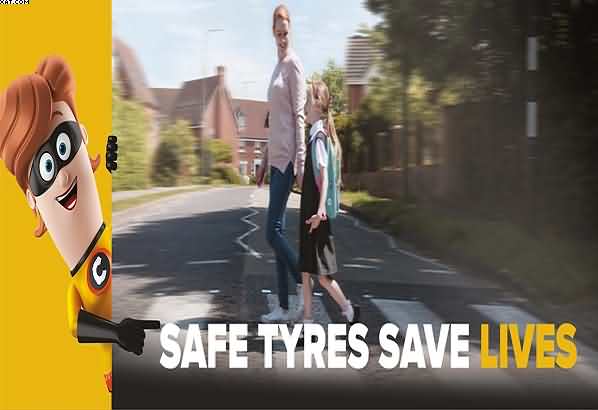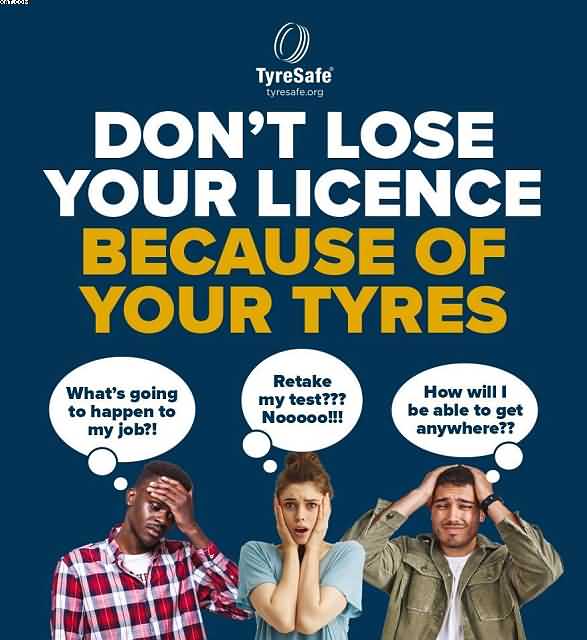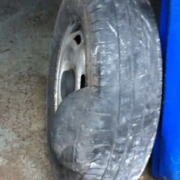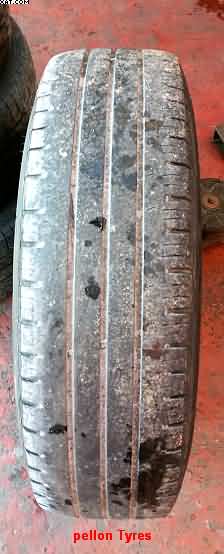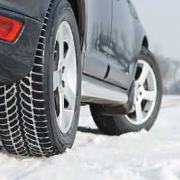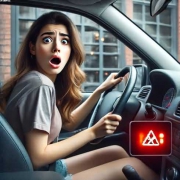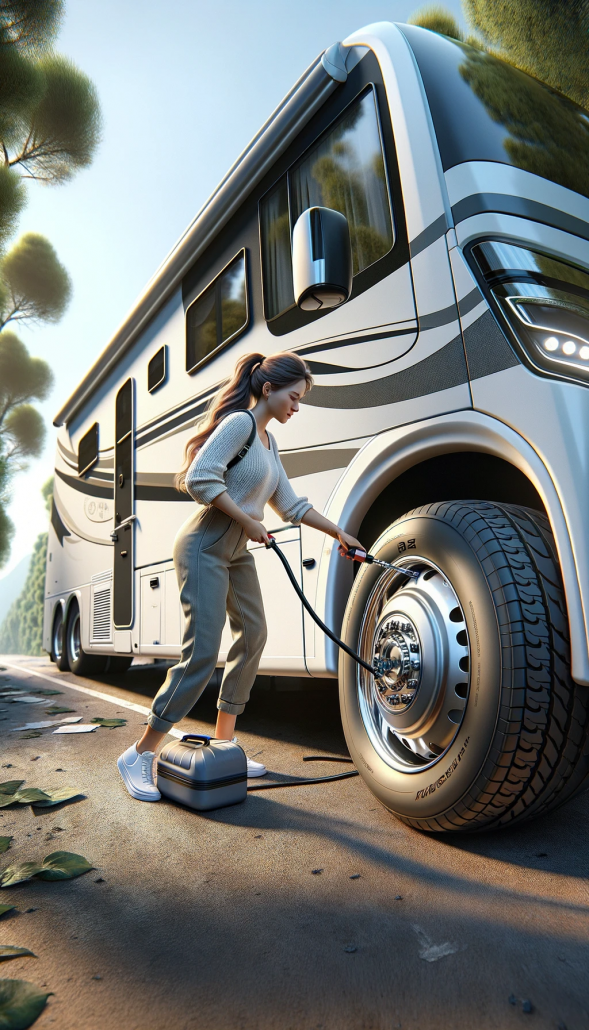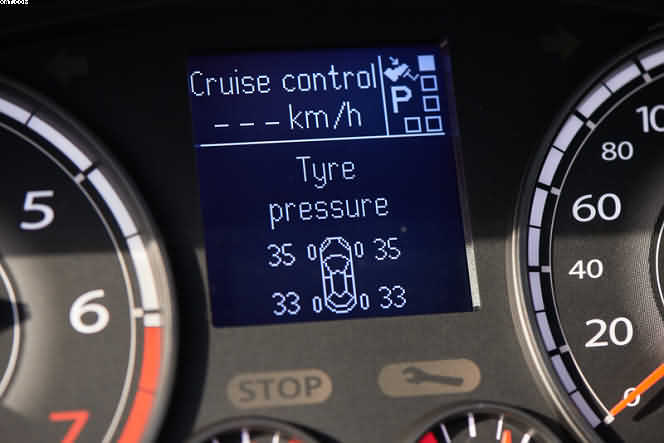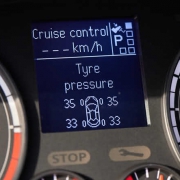Check Your Tyres
Table of Contents
Check Your Tyres

Check Your Tyres
EricRoberts‘s insight:
This is always good advice “Check your tyres.“
Don’t Forget to Check Your Caravan Tyres Before the Bank Holiday Getaway!
As we roll into the UK bank holiday season, many of us are getting ready to hook up the caravan and hit the road for a bit of fresh air and a well-earned break. Whether you’re heading to the coast, the countryside, or your favourite holiday park, it’s vital to give your caravan tyres a proper once-over before setting off.
Tyres are one of those things most people tend to forget about – until something goes wrong. But your caravan tyres are the only thing between your pride and joy and the road, so making sure they’re in top shape should be high on your checklist.
Tread Depth – The Legal Limit Isn’t Always the Safe Limit Check Your Tyres
Here in the UK (and across most of Europe), the legal minimum tread depth is 1.6mm across the central three-quarters of the tyre tread. If you’re below that, your tyres are illegal and dangerous – it’s as simple as that. But here’s the thing: just because you’re above 1.6mm doesn’t necessarily mean you’re safe.
Most tyre experts, including us here at Pellon Tyres in Halifax, recommend changing your tyres when the tread gets down to 3mm. That might sound a bit cautious, but there’s a good reason behind it – and it’s all to do with something called sipes.
What Are Sipes, and Why Are They So Important?
Sipes are the tiny slits or cuts you can see on the surface of a tyre. They’re absolutely crucial for gripping the road – especially in wet weather. These little grooves work to disperse water from between the tyre and the road, helping to prevent aquaplaning and keep you firmly in control.
But here’s the catch: many modern tyres – especially those fitted to SUVs and performance vehicles – start losing their sipes as they wear down. Once the tread drops below 3 mm, many of those essential water-dispersing grooves are gone. You’re basically driving on near-slick tyres, which might be fine for a dry racetrack but are a real risk in typical British weather!
Slick Tyres Belong on Race Tracks – Not Motorways. Check Your Tyres
F1 cars use what we call ‘slick tyres’ – tyres with no tread or sipes. Great for gripping dry tarmac at 200 mph, but totally useless when there’s even a hint of rain. If your caravan or tow vehicle tyres are worn down too much, you’re in a similar boat – driving on rubber that simply can’t cope with the kind of damp, unpredictable weather we see here in the UK.
For peace of mind and proper safety, always check your tread depth and consider swapping tyres at the 3mm mark. It could make all the difference when you’re towing a caravan full of holiday gear down a busy dual carriageway.
Different Types of Sipes – Not All Are Created Equal
Tyre manufacturers use various sipe designs to boost performance and grip. Two of the most common types are:
- Interlocking sipes – These are designed to lock together when the tread block moves, helping to keep the tread firm and improve stability on the road. They let the tyre stay flexible for water control while staying rigid enough for solid grip.
- Keyhole sipes – These have a wider base than the top (just like a keyhole). As the tyre wears down, the sipe expands in width, helping to maintain the water dispersal volume even as the tread gets shallower.
It’s all very clever stuff – but only if the tread depth is there to support the design. Once you’re below that critical 3 mm line, even the smartest sipes in the world can’t do their job properly.
So, Before You Set Off…Check Your Tyres
Give your caravan tyres (and your car tyres, while you’re at it) a thorough check. Look for:
- Adequate tread depth – aim for 3mm or more
- Cracks or bulges in the sidewalls
- Uneven wear (which could point to alignment issues)
- Correct tyre pressures – check your handbook or tyre placard
If you’re in any doubt, pop down to your local tyre expert – and if you’re anywhere near Halifax, we’ll be more than happy to take a look here at Pellon Tyre and Autocentre.
In Summary – Stay Safe, Stay Legal, and Enjoy the Ride
Don’t let a flat or worn tyre spoil your bank holiday break. Make checking your caravan tyres part of your trip prep – it only takes a few minutes and could save you a whole load of hassle.
If you need advice, a free tread check, or a fresh set of caravan or towing vehicle tyres, give us a call or drop by the garage.
Safe travels, and enjoy the break – wherever the road takes you!
- Neglect car servicing
- Check Your Tyres
- Yokohama Tyres 19545×16
- Bridgestone Jaguar Tyres
- Noisy Car Brakes
Tyre safety Check Your Tyres information can be found at www.tyresafe.org
See on www.pistonheads.com
